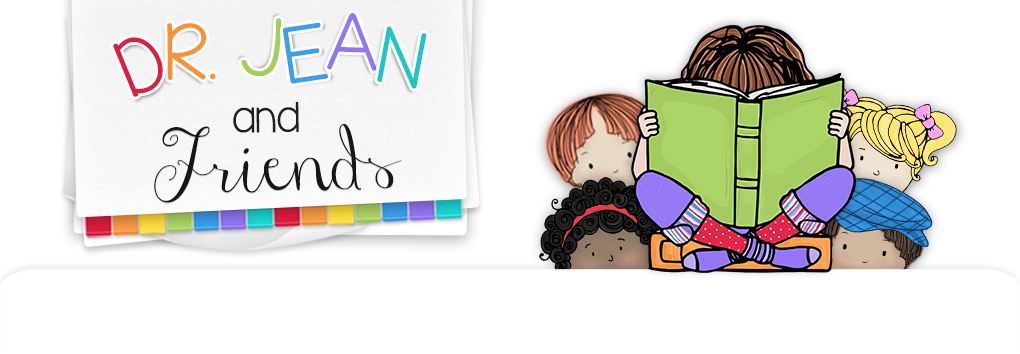Having children work with a
partner can be a powerful teaching strategy. Through partner activities children can develop social
skills, cooperation, problem solving, independence, oral language, and
creativity - all skills of the 21st Century. Scaffolding commonly
occurs when one child with advanced skills helps a fellow classmate attain a
higher level. To avoid
common behavior problems that can occur when children pick their own partner,
try one of these ideas!
 Buddy Sticks - Put
like stickers on the bottoms of two craft sticks. (You will need as many sticks as there are children in your
classroom.) Place sticks in a
plastic cup with stickers facing down.
Children choose a stick and then find the person whose stick matches
theirs. That is their partner.
Buddy Sticks - Put
like stickers on the bottoms of two craft sticks. (You will need as many sticks as there are children in your
classroom.) Place sticks in a
plastic cup with stickers facing down.
Children choose a stick and then find the person whose stick matches
theirs. That is their partner.
*For small group work, put
like stickers on four sticks.
Remember, groups of two or four are more conducive to social
interaction.
*Put matching shapes,
letters, stickers, and colors at the end of sticks. Call out one of the objects for children to match with a
partner.
Hint! If there is an odd number of students,
let the last child choose the group they’d like to be a part of.
Old Maid – Use Old
Maid cards to create partners.
Include the “Old Maid” if there is an odd number of students. The “Old Maid” gets free choice.
Puzzle Pairs - Take
valentines, seasonal cards, or playing cards and cut them in half in puzzle
shapes. Children put puzzles
together to find their partner.
Go Togethers – Glue
pictures of things that go together like socks and shoes or dogs and bones on
index cards. (You can find these
on the internet.) Children match
pictures to find their partner.
Elbow Buddies –
Children extend elbows and the first person their elbow touches is their
partner.
Appointment Cards –
Children make clocks similar to the one shown and walk around the room getting
friends’ signatures by 12, 3, 6, and 9.
When the teacher calls out a time, they must find a friend at that time
on their clock to be their buddy.
Shoulder Reading –
When children get a partner, they sit next to each other facing opposite
directions with their shoulders touching.
They can read together, take turns reading, or coach each other.
Partner Poem –
Children face their partner, look them in the eyes and chant:
Hand
to hand (shake hands)
And
feet to feet (touch shoes)
I’m
glad that you
Are
partners with me!
Come back tomorrow to find
out some things children can do with a partner.




